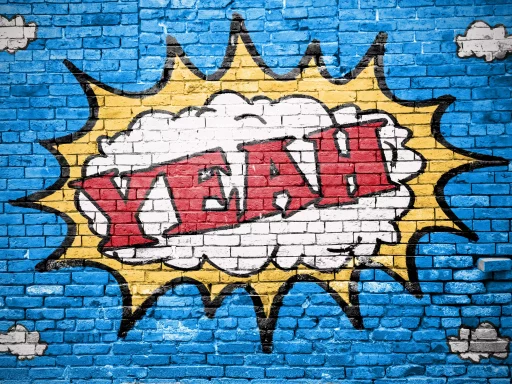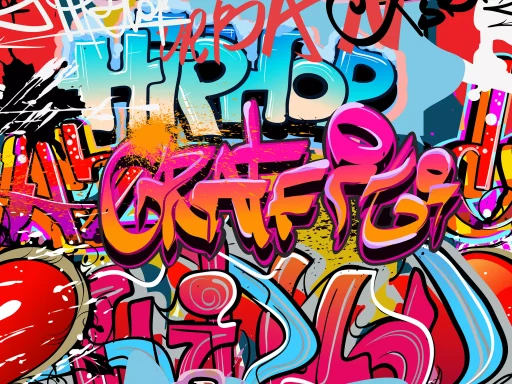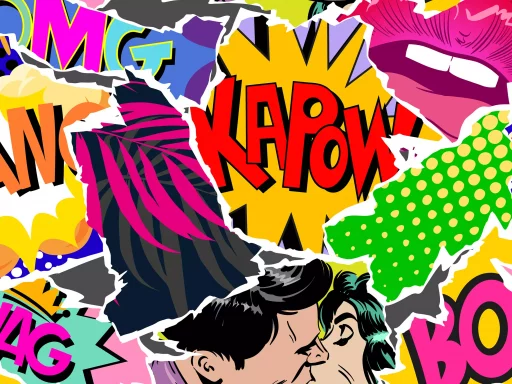Introduction
The Urban Dictionary has become a widely referenced source for understanding contemporary slang and colloquial expressions. However, buried within its pages are countless terms that have faded from everyday usage, often referred to as the ‘dusty’ entries. This article explores the phenomenon of dusty Urban Dictionary terms, examining their origins, examples, and the cultural significance they once held.
What is the Urban Dictionary?
Urban Dictionary is an online dictionary that crowdsources definitions of slang and unconventional language. Launching in 1999, it aimed to reflect and archive the evolving nature of language, particularly terms used by the younger generation.
- Source of Slang: Users submit definitions, providing insights into how language evolves based on culture, social trends, and technology.
- Community-Driven: The platform relies on the community for validations, allowing users to upvote or downvote entries.
Understanding “Dusty” Entries
Dusty entries refer to slang terms that have fallen out of favor, with little or no usage in modern vernacular. These words can often evoke nostalgia, representing a specific time frame or cultural moment.
- Examples:
- Phat: Used in the ’90s to describe something excellent or attractive.
- Bling: Once the definition of flashy jewelry, now a more light-hearted phrase.
- Groovy: Commonly associated with the ’60s counterculture but rarely heard today.
- Cultural Context: Understanding the trends at the time can give insights into why certain terms fell by the wayside.
Case Study: The Rise and Fall of “Bling” and “Phat”
To illustrate the concept of dusty terms, we can analyze two popular slang words: “bling” and “phat.” Both emerged in the late 20th century, gaining momentum amidst cultural phenomena.
- Bling: Coined in hip-hop culture, this term referred to extravagant jewelry and flashy lifestyles.
- Phat: Originating in the 1990s, it was used primarily to describe something cool or awesome, particularly within youth culture.
However, the influx of new words and slang—fueled by social media platforms—has marginalized these once-thriving terms. Recent surveys indicate that younger generations are less familiar with these words, indicating their status as dusty entries.
The Impact of Social Media on Slang Evolution
Social media has a significant impact on language evolution. Platforms like Twitter, TikTok, and Instagram foster rapid trends, leading to the creation of new slang while rendering older terms obsolete.
- Statistics:
- According to a survey by The Language Report, over 70% of Gen Z respondents had never used terms like “phat” or “bling.”
- Simultaneously, 80% reported an increasing reliance on internet slang and memes to communicate.
- Fast-Paced Evolution: Slang can shift and change trends almost overnight, creating a constant stream of new terms and relegating older ones to dusty status.
Nostalgia and Revivals
Despite the fading usage of dusty terms, some words experience nostalgia-driven revivals. The cyclical nature of fashion and culture can lead to a resurgence in the popularity of certain slang terms.
- Examples of Revived Slang:
- Groovy: With recent retro revivals, terms like ‘groovy’ might find their way back into casual conversation as part of a throwback culture.
- Totally: This term has resurfaced in popular media, especially in nostalgic references to the ’80s and ’90s.
- Seasonal Trends: As fashion and culture pulsate with nostalgia, dusty terms could witness a rebound reflecting past eras.
The Importance of Documenting Slang
Documenting slang, even those that have faded, is crucial for understanding cultural shifts, social movements, and the evolution of language itself. Dusty terms serve as artifacts of a time gone by and provide valuable insights into history and societal changes.
- Preservation of Language: Language is not static, and preserving unused terms helps narrate societal transitions.
- Historical Context: Dusty terms can serve as mirrors reflecting cultural ideologies and preferences.
Conclusion
The dusty Urban Dictionary is a treasure trove of forgotten language, nostalgia, and cultural history. By examining dusty terms, we can better understand language’s evolution, reflect on societal trends, and appreciate the richness of our communication. Slang is a living language, ever-changing, and while many terms may be dusty today, they will inevitably pave the way for the next generation of words.






